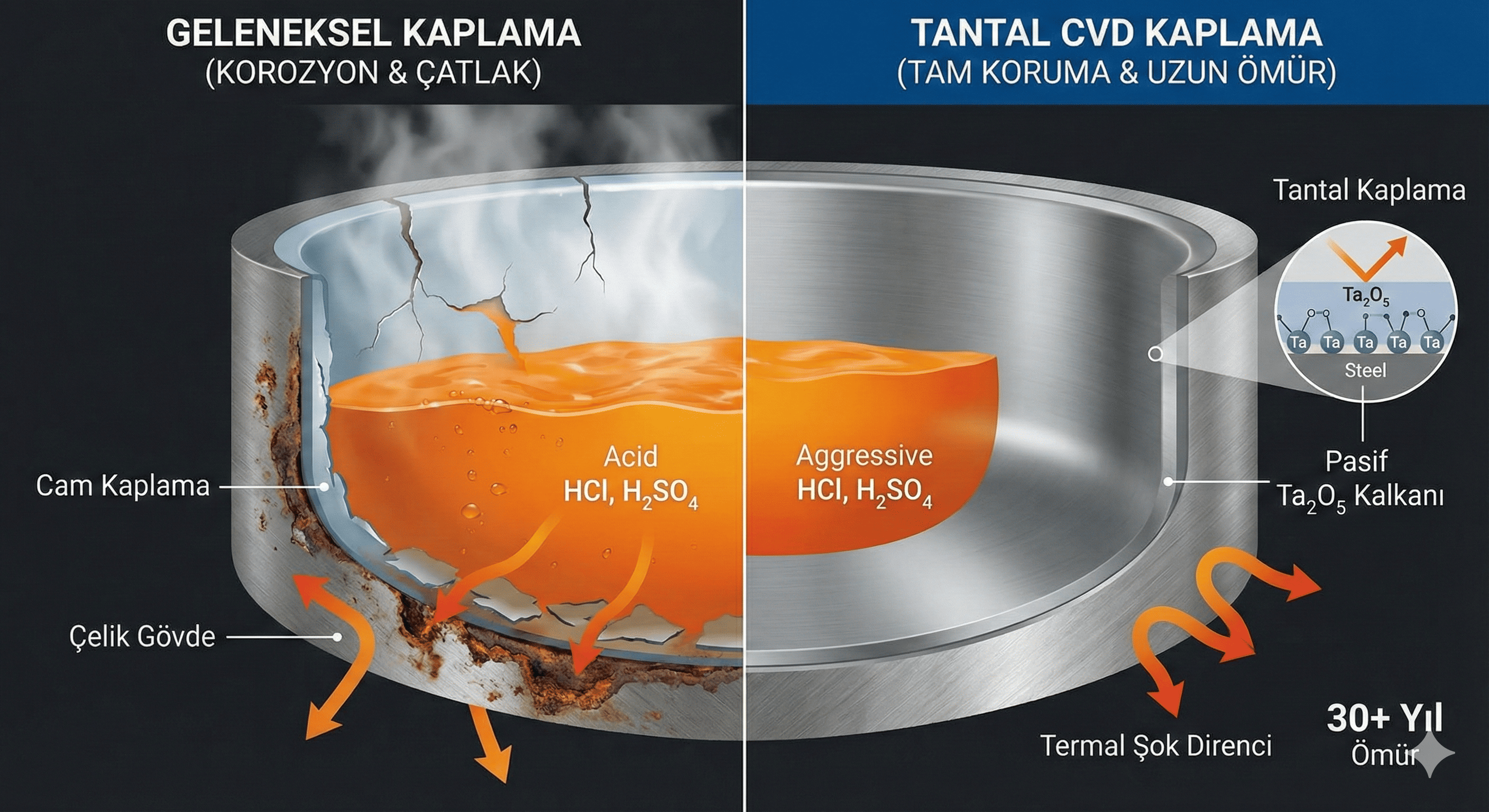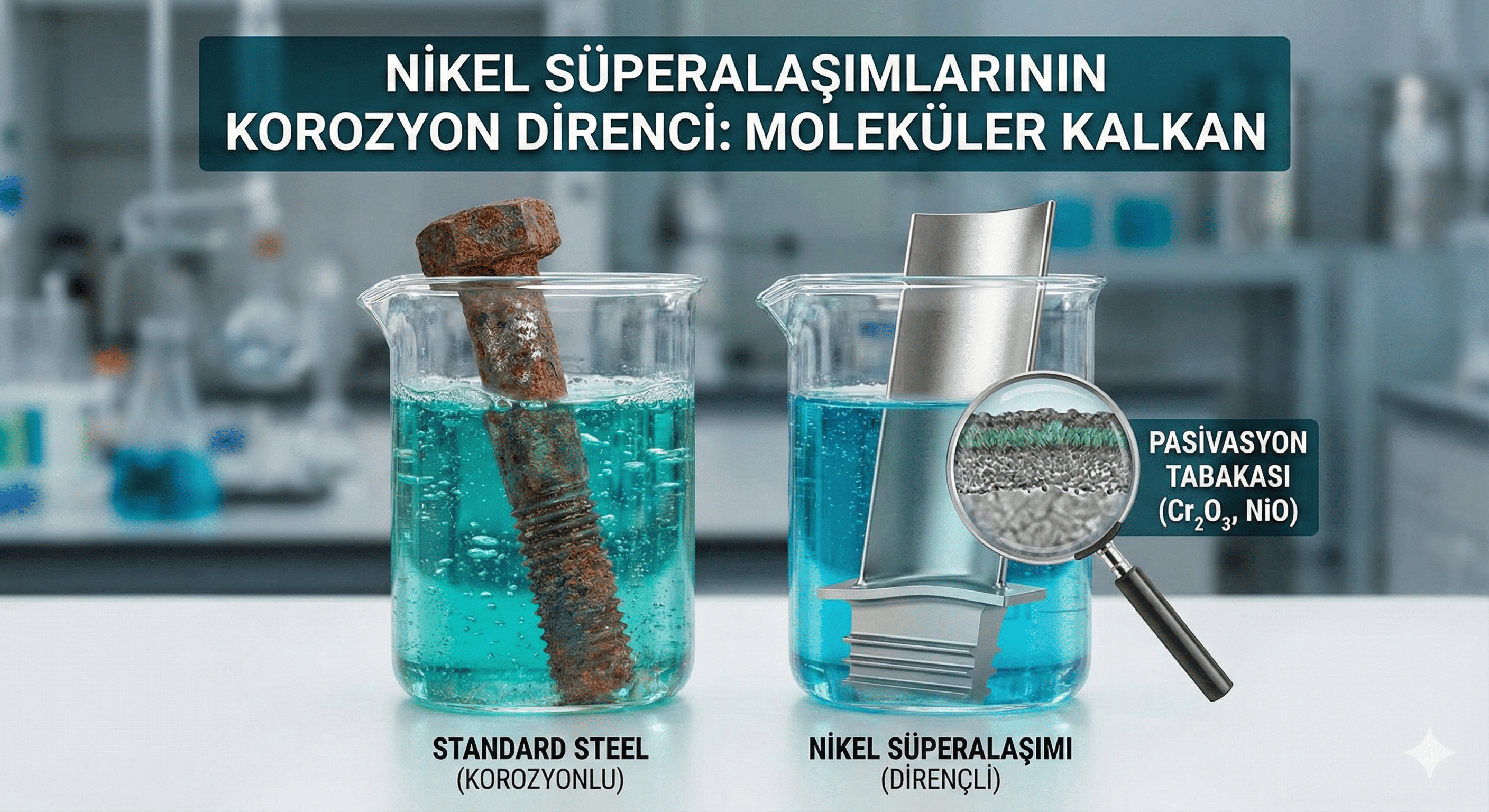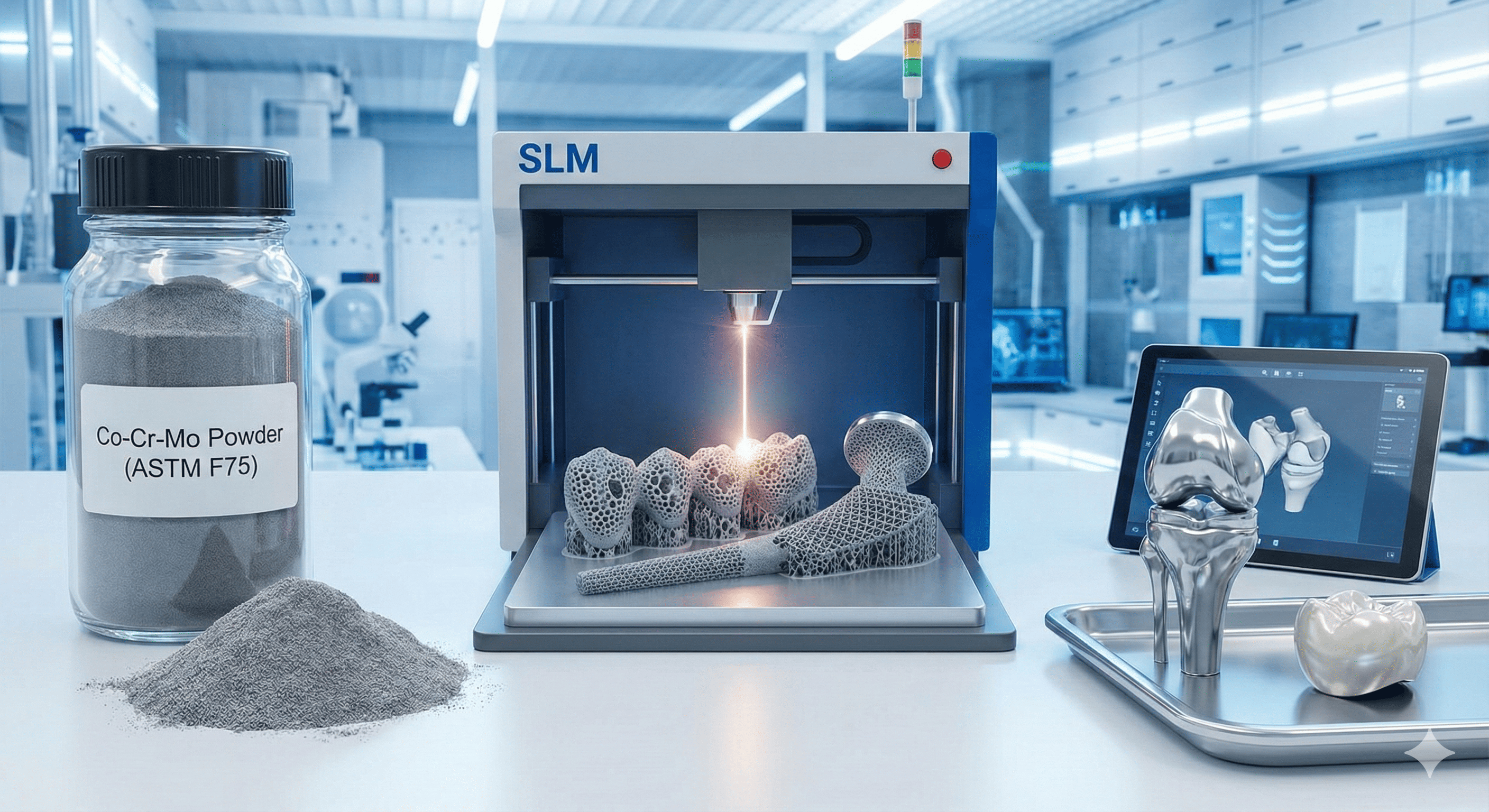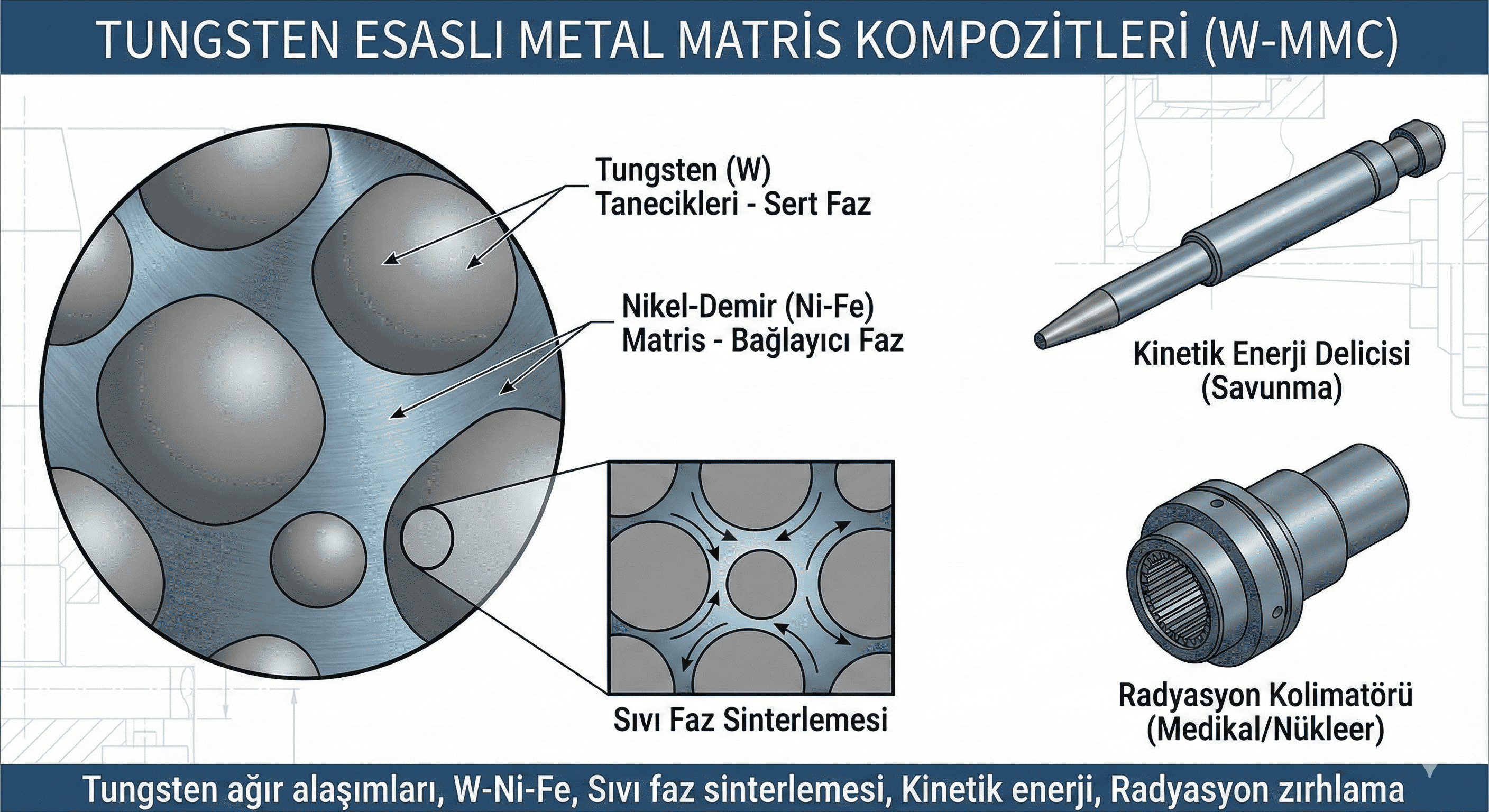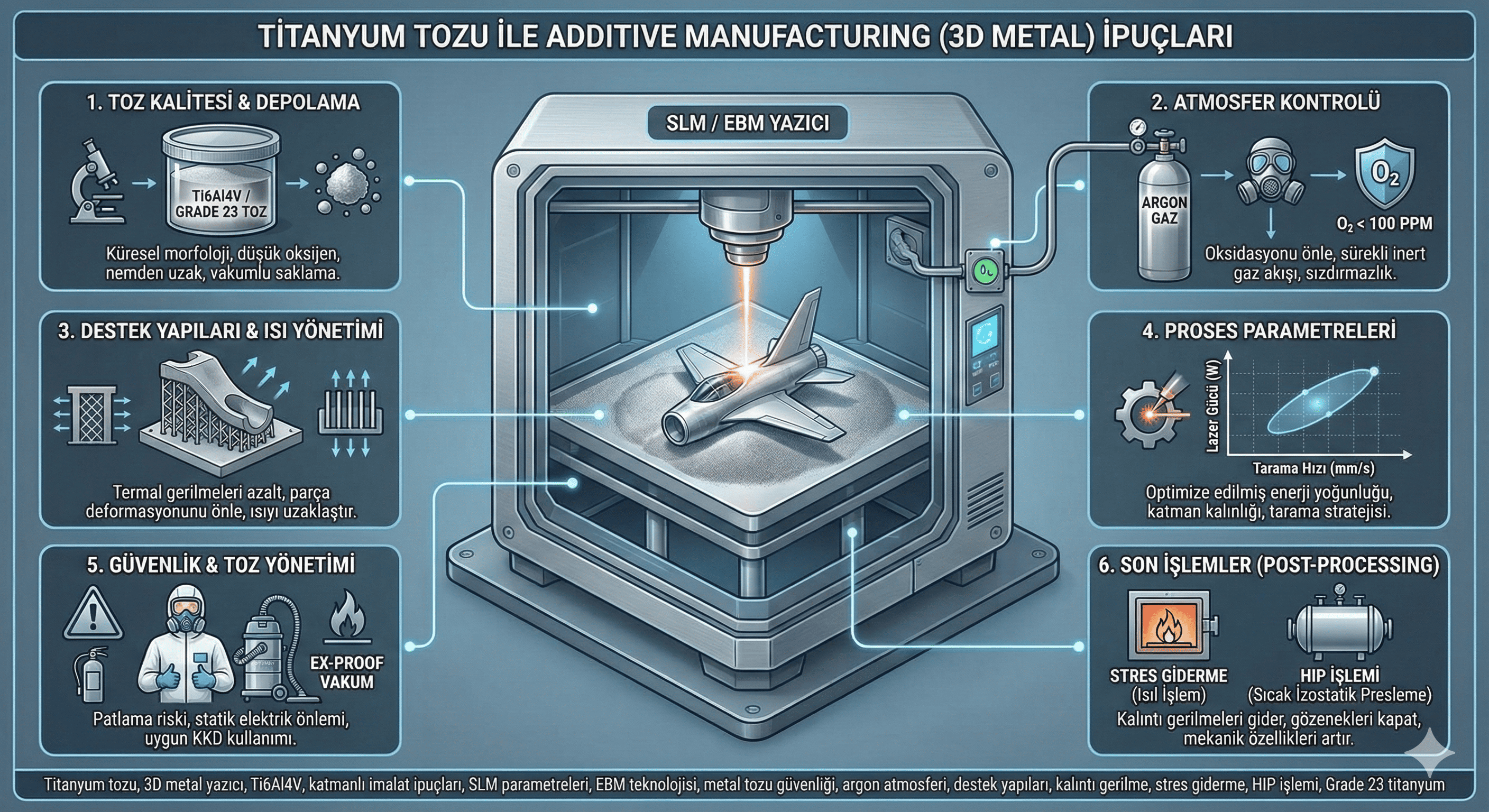Aluminum Oxide Hydroxide Nanoparticles: Properties, Synthesis, and Applications
Introduction
Aluminum oxide hydroxide nanoparticles (Al²O³·nH²O), often referred to as boehmite nanoparticles (γ-AlO(OH)), are a subclass of aluminum oxide materials with distinctive properties and applications. These nanoparticles exhibit unique characteristics due to their hydroxide groups and are valuable in various fields ranging from catalysis to environmental remediation.
1. Properties of Aluminum Oxide Hydroxide Nanoparticles
- Chemical Composition: Aluminum oxide hydroxide nanoparticles have the chemical formula γ-AlO(OH). They are characterized by the presence of hydroxide ions bonded to aluminum oxide.
- Structure: Boehmite nanoparticles have a layered crystal structure, which influences their physical and chemical properties. This layered structure provides a high surface area for reactions and interactions.
- Physical Properties: These nanoparticles typically have a high surface area and can be either amorphous or crystalline, depending on the synthesis method. They are generally white powders and are stable at moderate temperatures.
- Mechanical Properties: They exhibit good mechanical strength and hardness, which can be beneficial in applications requiring durable materials.
- Chemical Reactivity: The hydroxide groups in boehmite nanoparticles contribute to their reactivity, making them useful in various chemical processes and adsorption applications.
2. Synthesis of Aluminum Oxide Hydroxide Nanoparticles
- Sol-Gel Method: This method involves the hydrolysis and condensation of aluminum alkoxides to form a gel, which is then converted into boehmite nanoparticles through controlled heating. This method allows for precise control over particle size and morphology.
- Hydrothermal Synthesis: Involves the use of high-pressure and high-temperature conditions to produce aluminum oxide hydroxide nanoparticles. This method often yields nanoparticles with high purity and well-defined structures.
- Precipitation Method: Aluminum salts, such as aluminum sulfate or chloride, are precipitated from an aqueous solution using a base. The resulting aluminum hydroxide is then treated to obtain boehmite nanoparticles.
- Ball Milling: Mechanical milling of bulk aluminum hydroxide can produce nanoparticles. This method is less controlled compared to chemical methods but is cost-effective for large-scale production.
3. Applications of Aluminum Oxide Hydroxide Nanoparticles
- Catalysis: Boehmite nanoparticles are used as catalysts or catalyst supports in various chemical reactions, including oxidation and hydrogenation processes. Their high surface area and reactivity make them effective in catalysis.
- Adsorption: Due to their high surface area and hydroxide groups, boehmite nanoparticles are effective adsorbents for pollutants and toxins in water and air purification processes.
- Environmental Remediation: Used in environmental cleanup to remove heavy metals, dyes, and other contaminants from wastewater. Their ability to adsorb pollutants makes them valuable in remediation technologies.
- Nanocomposites: Incorporated into polymers and ceramics to enhance mechanical properties, thermal stability, and fire resistance.
- Biomedical Applications: Investigated for use in drug delivery systems and as imaging agents due to their biocompatibility and ability to interact with biological systems.
4. Challenges and Future Directions
- Scalability and Cost: The synthesis of aluminum oxide hydroxide nanoparticles can be costly and challenging to scale up. Efforts are ongoing to develop more cost-effective and scalable production methods.
- Environmental and Health Impact: The potential environmental and health impacts of aluminum oxide hydroxide nanoparticles need to be carefully assessed. Research is focused on understanding their behavior in the environment and their potential toxicity.
- Performance Optimization: Improving the performance of these nanoparticles in various applications involves optimizing their size, shape, and surface properties to enhance their effectiveness.
- Regulatory and Safety Issues: Ensuring the safe use of aluminum oxide hydroxide nanoparticles involves developing guidelines and regulations to address potential risks associated with their use and disposal.
5. Future Directions
- Advanced Synthesis Techniques: Research is focused on developing new synthesis techniques that provide better control over particle characteristics and enable the production of nanoparticles with tailored properties.
- Innovative Applications: Exploring new applications in fields such as energy storage, nanomedicine, and advanced materials. Innovations in the use of aluminum oxide hydroxide nanoparticles are expected to open up new possibilities.
- Sustainability and Recycling: Emphasizing sustainable practices in the production and disposal of aluminum oxide hydroxide nanoparticles, including recycling and minimizing environmental impact.
Conclusion
Aluminum oxide hydroxide nanoparticles offer a range of valuable properties that make them suitable for diverse applications, from catalysis and environmental remediation to advanced materials and biomedical uses. As research continues, addressing challenges related to cost, environmental impact, and performance will be crucial for expanding their applications and ensuring their safe and effective use.

